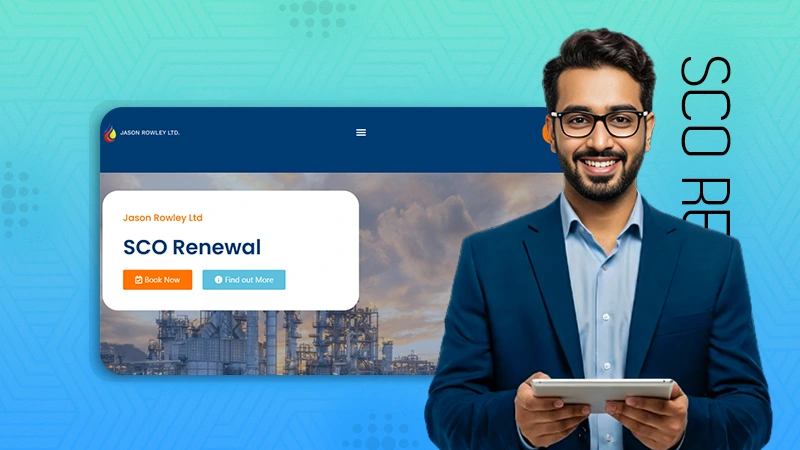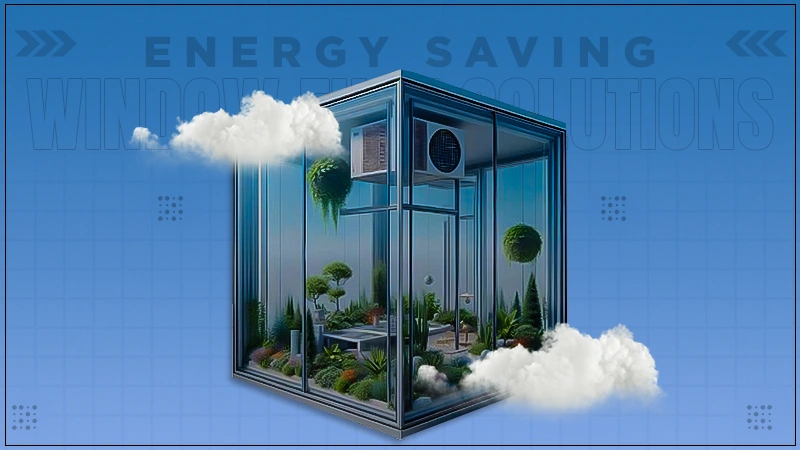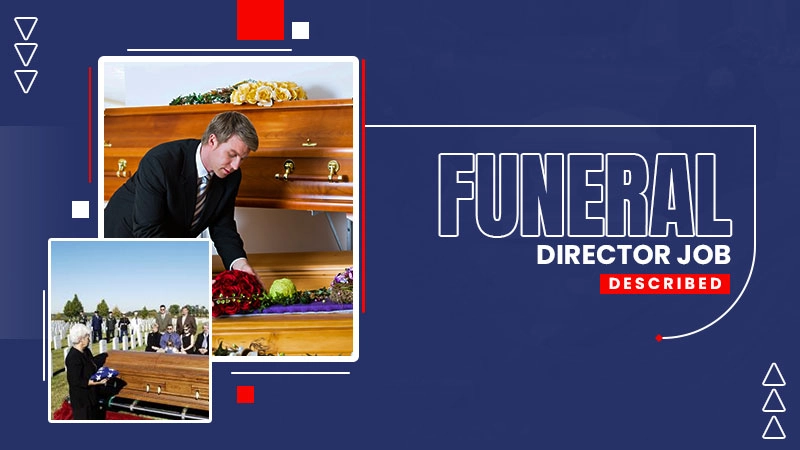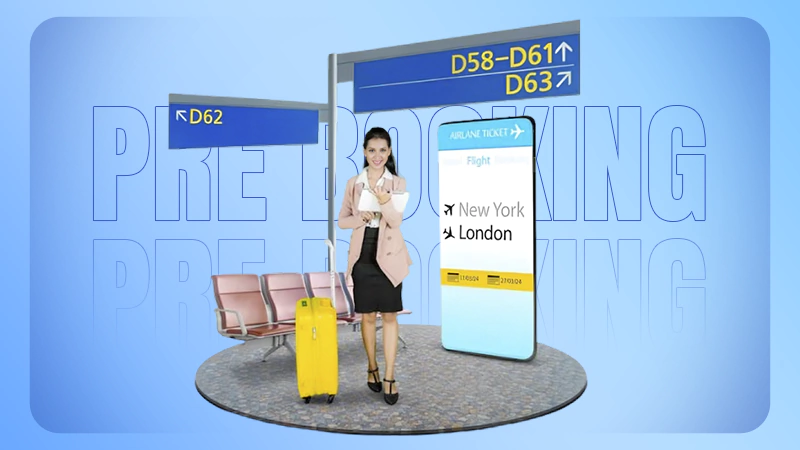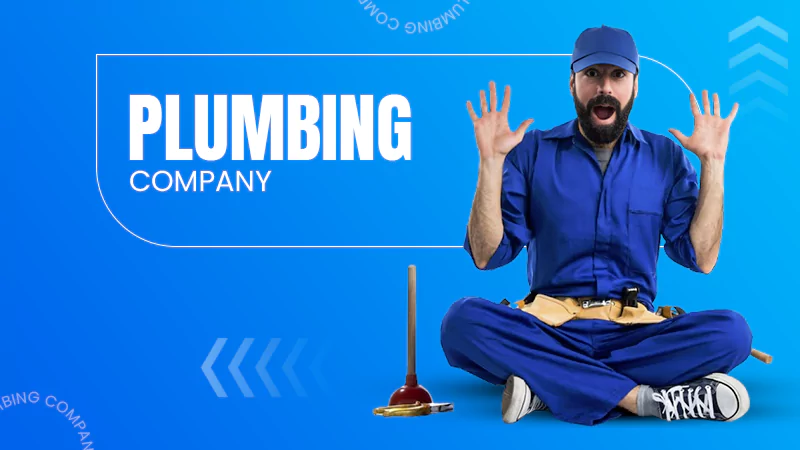9 Things Every Product Designer Should Take into Account
Product designers have a lot on their plate. They have to be creative, have an eye for detail, and be able to work within the constraints of whatever product they’re designing. But there are several issues that every product designer should take into account, no matter what they’re developing.
Usability
Some product design philosophies are continuous and customer-centric, focusing on improving user experience even after the product’s initial release. A usable product is easy to understand and should be intuitive and user-friendly.
A product’s usability is vital for two main reasons: first, it ensures that customers comprehend the product’s purpose, and second, it makes using the product a pleasant experience. If a product is challenging to use or not intuitive, people won’t want it.
The User’s Needs
This factor is the most important thing for someone designing a product to remember. The user’s needs should always be in your mind when designing anything. What does the user need this product to do? How will they use it, and what are their pain points? Keep these things in mind and design your product accordingly.
A designer shouldn’t assume that they know what users need or want. They should always be open to feedback and willing to course correct if necessary. You’ll create a product they love by focusing on the user’s needs.
The User’s Experience
Consider the user’s experience at every stage of the design process. How easy is it to use your product? Does it flow well?
Research into what a user’s experience with your product will be like is essential. Try empathizing with their situation and seeing how they would interact with your product. Talk to potential users and get their feedback. Use this information to improve the experience of interacting with your product.
Your product should come with quality support so users can get help when needed. This support includes having a helpful FAQ section, a responsive customer service team, or easy-to-follow instructions.
Aesthetics
Aesthetics are essential, but they shouldn’t come at the expense of function. A product that looks good but is difficult to use won’t be successful. A beneficial product with poor aesthetics may still succeed, but a beautiful product that doesn’t provide value will likely fail.
It would help if you always thought about other products and how your product stacks up. This consideration will help you ensure that your product is unique and offers something others don’t. It’s not enough to be different just for the sake of being different. Your product should provide something better than what’s already out there.
Your product should have a strong, easily recognizable brand. Quality branding includes having a good name, a recognizable logo, and a consistent look and feel across your product’s marketing materials.
The Market
Who is your target market? What are their needs and wants, and what does the competition offer? These are all critical things to consider when designing a product. Market research should be done early in the design process to ensure that you’re on the right track.
It would help if you had a solid understanding of the market in which your product will be competing. Who are your users? What are the trends in your industry? All of these things will help you create a successful outcome.
How will you promote your product? Promotion is essential, especially if you’re working with a limited budget. You need to ensure that your product is visible so that people are aware of it and can find it easily.
The Cost
Cost is always a consideration when designing a product. You must ensure that your product is affordable and within your target market’s budget. Research the cost of materials and manufacturing so you can price your product accordingly. It should be affordable and offer good value.
The cost of your product is important, both for the consumer and the manufacturer. A product that’s too expensive will be challenging to sell, and a product that’s too cheap won’t be profitable. Find a balance between price and quality that works for everyone.
Is the design completely original, or can it be adapted from something else? Using an existing design can save costs and time, but ensuring that the adapted design meets your needs is crucial.
Manufacturing
How will your product be manufactured? What are the limitations of the manufacturing process? These are things to consider during the design process. If a product is too complicated or expensive to manufacture, it won’t be successful.
Understanding manufacturing includes knowing the materials required, the equipment needed, and the assembly process. By understanding this, you can design a product that’s easy to manufacture and of high quality.
Sustainability
Sustainability is an essential consideration in any product design. You must consider how durable your product is, whether it can be repaired or recycled, and the environmental impact of the materials used.
A sustainable product will have a lower environmental impact and will be more cost-effective in the long run. Plus, consumers often consider sustainability when making a purchase.
The Timeline
You should be realistic about your timeline for designing and launching the product. There’s no point in rushing a product to market if it’s not ready. Make sure you have a realistic schedule and stick to it.
Cutting corners because of pressure to meet deadlines is never a good idea. It will only lead to a subpar product that won’t be successful.
You’ll also need to consider what’s next for your product. Is it part of a more extensive system? Is it modular or expandable? How will it evolve? You need to ensure that your product can grow and change. A product designed for the future will be more successful than one that is not.
Final Thoughts
Designing a product is a complex process that involves many different considerations. By considering all of these, you can create something that is both affordable and high quality. Usability, sustainability, and timeline are important factors when designing a product.

